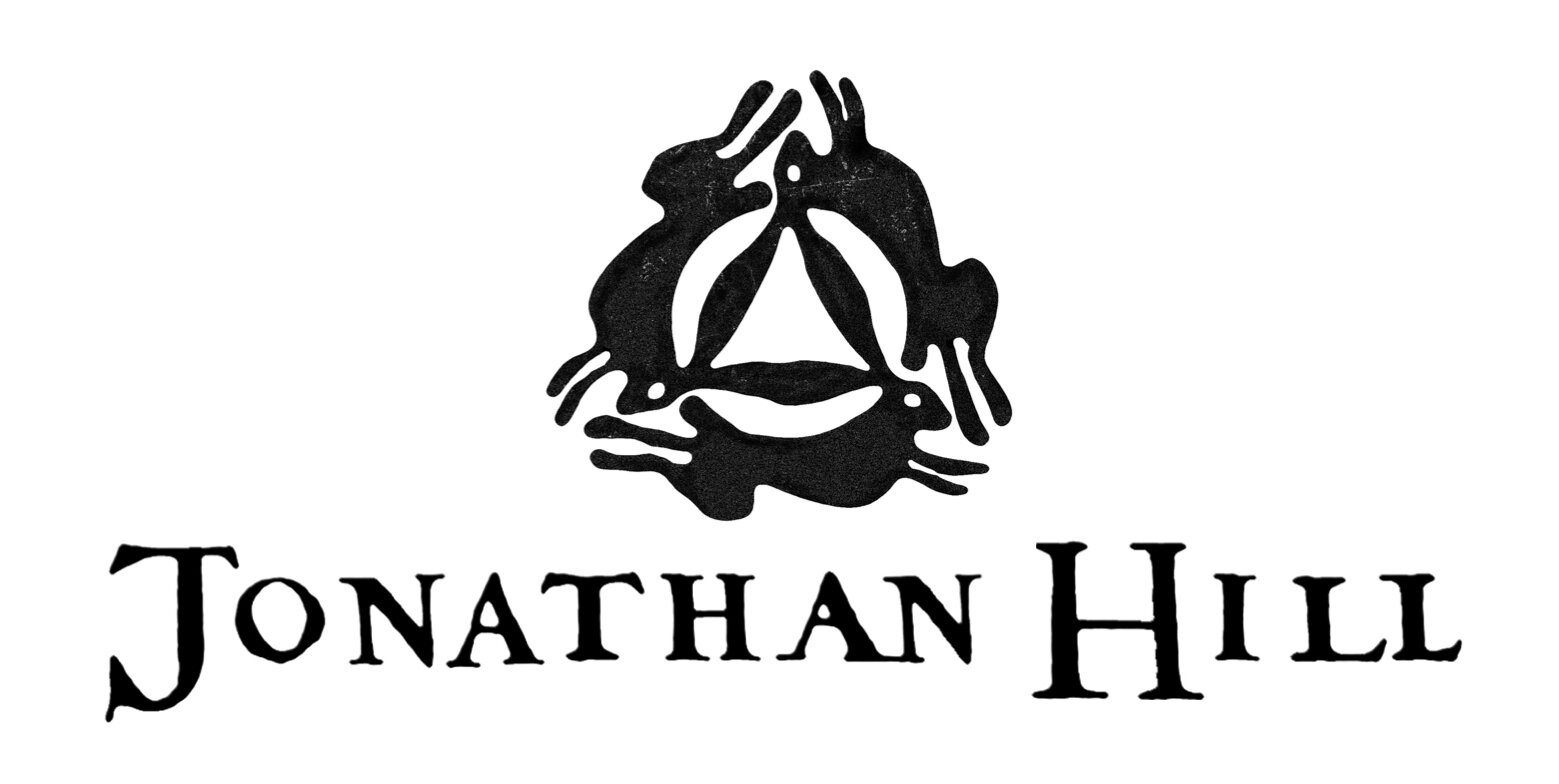7/7 viola d’amore by tHomas hulinzky, Prague, 1787
This Viola d’amore, made by Thomas Hulinzky in 1787, is owned by the Germanisches Nationalmuseum in Nuremberg and is another fine example of a late 18th Century 7/7 Viola d’amore, showing many similarities to the 1782 Viola d’amore belonging to Edinburgh University.
Tomas Hulinzky worked in Prague during the 18th Century and was likely a pupil of the prolific J.U. Eberle, who made some of the finest surviving Violas d’amore.
This instrument has an outline nearly identical to the 1782 VdA- the shape and widths across the body are very similar but this one is 5mm longer, giving it a body length of 39.5cm and suggesting that it was built to the same pattern, just extended slightly. The String Length of this instrument is also intended as 36.5cm.
Front, 1787.
Back, 1787.
This instrument has Maple back and sides, a two-piece fine grained Spruce soundboard (presumably carved) and a Maple neck.
The sound holes are cut in Hulinzky’s unique shape and are identical to those of the 1782, and I am quite sure that both the fingerboard and tailpiece here are original as they are show all of the same features and measurements to those on the 1782 instrument. Note the Tailpiece attachment system; judging by the marks left on the tailpiece it looks to have been held by a metal plate with metal wire attached to it that would have then looped around the end button. There is a small carved Ovular Pear wood Rosette in the Soundboard which I believe to be a later addition due to it’s style which looks to come more from the Romantic.
Detailing on the end of the fingerboard and carved Rosette.
Tailpiece.
The fingerboard, shown below, is conical and has a radius of around 53mm at the nut end and 60-65mm at the bridge end, which is very flat for a 7 stringed instrument! Again, this may suggest a playing style of chords and double (or triple!) stopping, or a high string tension.
Image showing the rather flat fingerboard radius.
There is an alternating Ebony/Ivory edging inlayed all around the soundboard, whereas the back simply has one line of ebony half-edging. The front is purfled with quite a wide B/W/B purfling and the back is left plain and completely free of any decoration- a feature that is common on Violas d’amore.
The back of the peg box is carved with a floral relief that is rather basic and lacking in movement, although I like the fact that it is not over worked and doesn’t make the instrument feel cluttered with decoration. The head is a blindfolded cupid and the front of the peg box has ‘C’ shaped pierced decoration. All of these features are the same as on the neck on the 1782 Hulinzky.
The heart shaped Boxwood pegs look to be original.










